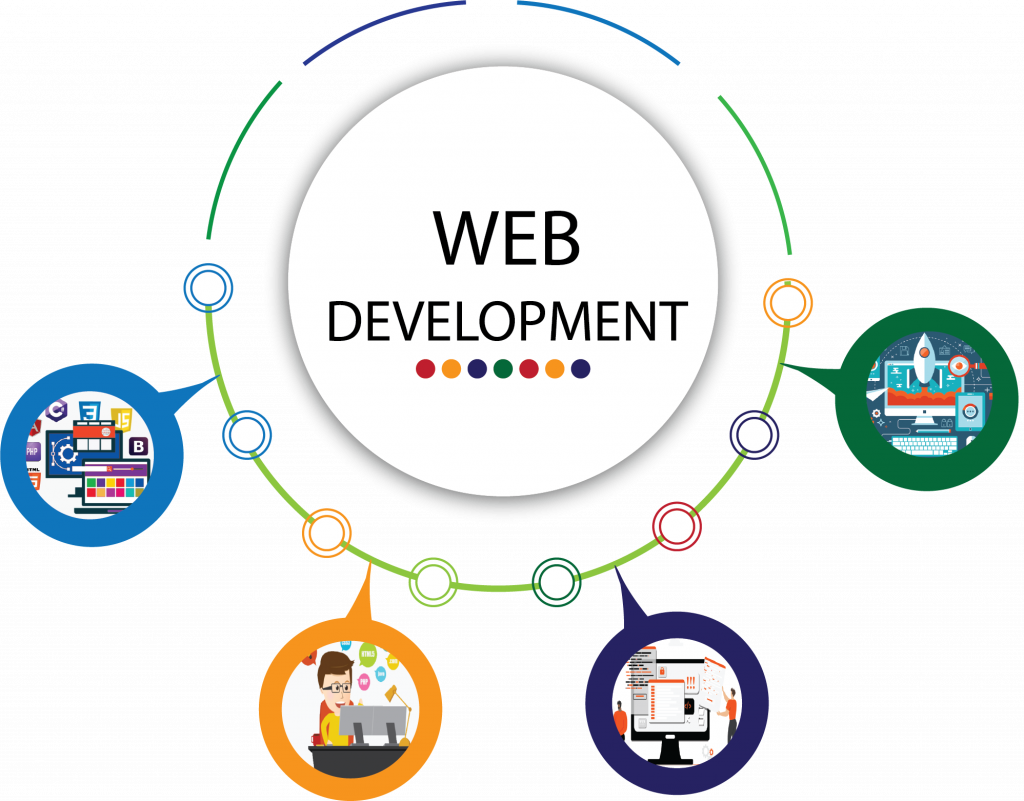Will Solar Become 35% Cheaper by 2024?
Introduction
The global push towards renewable energy sources has put solar technology at the forefront of sustainable solutions. Solar energy harnessing the power of the sun is a key player in the transition towards a greener and more efficient future. One of the pivotal factors influencing the widespread adoption of solar energy is the cost associated with its implementation. In this article we will delve into the current state of solar technology the ongoing advancements and the prospects of solar energy becoming 35% cheaper by 2024.
Current State of Solar Technology
As of today solar technology is making significant strides but the cost remains a notable barrier for many. The production and installation of solar panels along with the associated infrastructure contribute to the overall expense. However understanding the current state of solar costs is crucial for evaluating the feasibility of achieving a 35% reduction.
Technological Advances in Solar Energy
The continuous evolution of solar technology brings forth innovations that have the potential to drive costs down. Breakthroughs in materials design and efficiency are contributing factors. Improved photovoltaic cells energy storage solutions and novel manufacturing techniques are paving the way for a more costeffective solar industry.
Government Initiatives
Governments worldwide recognize the importance of renewable energy and have implemented various incentives and policies to promote its adoption. These measures aim to reduce the financial burden on both consumers and businesses thereby accelerating the pace at which solar energy becomes more affordable.
Economic and Environmental Benefits
Cheaper solar energy not only benefits individual consumers but also has farreaching impacts on the economy and the environment. The economic benefits include job creation reduced reliance on traditional energy sources and increased energy independence. From an environmental standpoint the reduction in carbon emissions contributes to mitigating climate change.
Challenges and Obstacles
While the goal of a 35% cost reduction is ambitious it is not without its challenges. Factors such as the intermittency of sunlight energy storage limitations and initial setup costs pose obstacles. However ongoing research and development are actively addressing these challenges to make solar energy more accessible.
Market Trends and Forecasts
Analyzing current market trends provides valuable insights into the trajectory of solar energy costs. Projections for 2024 indicate a favorable landscape for cost reduction driven by increased demand technological advancements and supportive government policies.
Global Solar Adoption
The global adoption of solar energy plays a crucial role in achieving the envisioned cost reduction. As more countries embrace solar solutions economies of scale come into play driving down production costs and making solar energy more affordable on a global scale.
Role of Corporate Initiatives
Corporate entities are also contributing to the cause with many embracing sustainability and environmental responsibility. Investments in renewable energy projects and the implementation of ecofriendly practices are not only ethical but also serve to make solar energy more economical.
Solar Energy in Residential Areas
For homeowners the prospect of cheaper solar energy is particularly appealing. Reduced installation costs coupled with potential savings on utility bills make residential solar panels an attractive option. The widespread adoption of solar technology at the individual level contributes significantly to the overall goal.
Community Awareness and Education
An informed public is essential for the success of any sustainability initiative. Educating communities about the benefits of solar energy fosters a greater understanding of its importance and encourages widespread adoption. Increased awareness can drive demand further contributing to cost reduction.
Environmental Impact Assessment
Assessing the positive environmental impact of cheaper solar energy is integral to understanding its broader implications. As solar becomes more affordable the shift away from fossil fuels reduces greenhouse gas emissions helping combat climate change and preserve the planet.
International Collaborations
The collective effort of countries and organizations globally is paramount in achieving a significant reduction in solar costs. Collaborative research shared resources and joint initiatives contribute to a more efficient and costeffective solar industry.
Case Studies
Examining successful case studies provides practical insights into the strategies and practices that lead to cost reduction. Realworld examples of projects that have achieved significant cost savings serve as inspiration for the broader industry.
Final Word
In the prospect of solar energy becoming 35% cheaper by 2024 is realistic and achievable. Ongoing technological advancements government support global collaboration and increased awareness collectively contribute to this vision. The economic and environmental benefits of cheaper solar energy position it as a key player in the transition to a sustainable future.
FAQs
- What factors contribute to the current cost of solar technology?
- The current costs of solar technology are influenced by production and installation expenses materials and infrastructure requirements.
- How do government initiatives help in reducing solar energy costs?
- Government incentives and policies aim to alleviate financial burdens on consumers and businesses promoting the affordability of solar energy.
- What role do corporate initiatives play in the solar energy landscape?
- Corporations contribute by investing in renewable energy projects and implementing ecofriendly practices driving down costs through sustainability.
- How does solar energy benefit homeowners?
- Cheaper solar energy translates to reduced installation costs and potential savings on utility bills making residential solar panels an attractive option.
- What challenges need to be addressed for solar energy to become more affordable?
- Challenges such as intermittency energy storage limitations and initial setup costs are being actively addressed through ongoing research and development.
-

Will Solar Become 35% Cheaper by 2024? Source of Image: https://www.pexels.com/photo/selective-focus-on-maintenance-man-installing-solar-panel-8853537/



